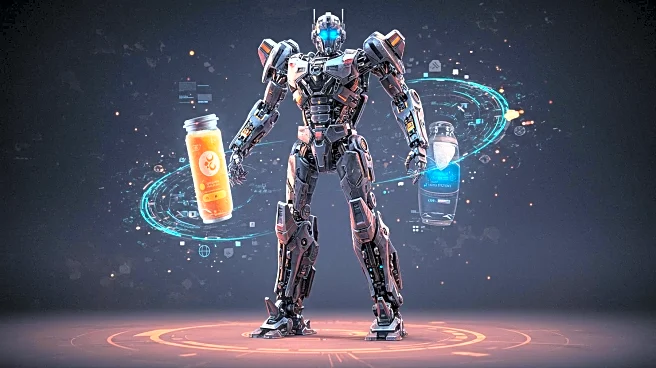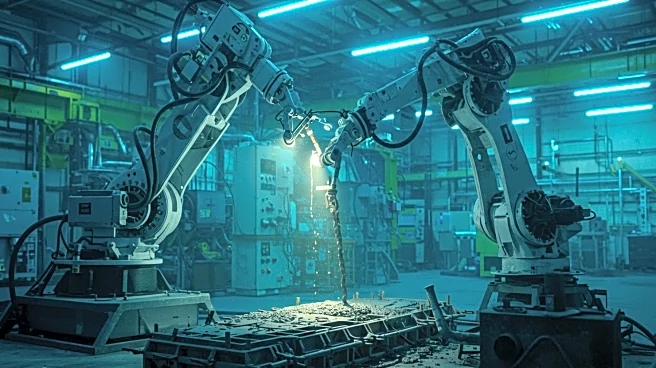What's Happening?
A team of researchers has developed a machine-learning model called the Flavor Analysis and Recognition Transformer (FART) that predicts the taste of chemicals based on their molecular structure. The model, which was trained on over 15,000 compounds, can accurately predict taste across four categories: sweet, bitter, sour, and umami. The model's accuracy exceeds 91%, making it a valuable tool for designing new flavors. The study, published in npj Science of Food, highlights the potential of using machine learning to enhance flavor prediction and development in the food industry.
Why It's Important?
The development of the FART model represents a significant advancement in the field of food technology, offering a new method for predicting and designing flavors. This could lead to the creation of novel food products and enhance the efficiency of flavor development processes. The model's high accuracy in predicting taste could also reduce the need for extensive trial-and-error testing, saving time and resources for food manufacturers. As the food industry continues to innovate, tools like FART could play a crucial role in meeting consumer demands for diverse and unique flavors.
Beyond the Headlines
The use of machine learning in flavor prediction raises interesting questions about the future of food science and technology. As models like FART become more sophisticated, they could potentially be used to tailor flavors to individual preferences, leading to personalized food experiences. Additionally, the ethical implications of using artificial intelligence in food production, such as the potential impact on traditional flavor development roles, warrant consideration. The integration of AI in the food industry could also influence regulatory standards and consumer perceptions of food safety and quality.











